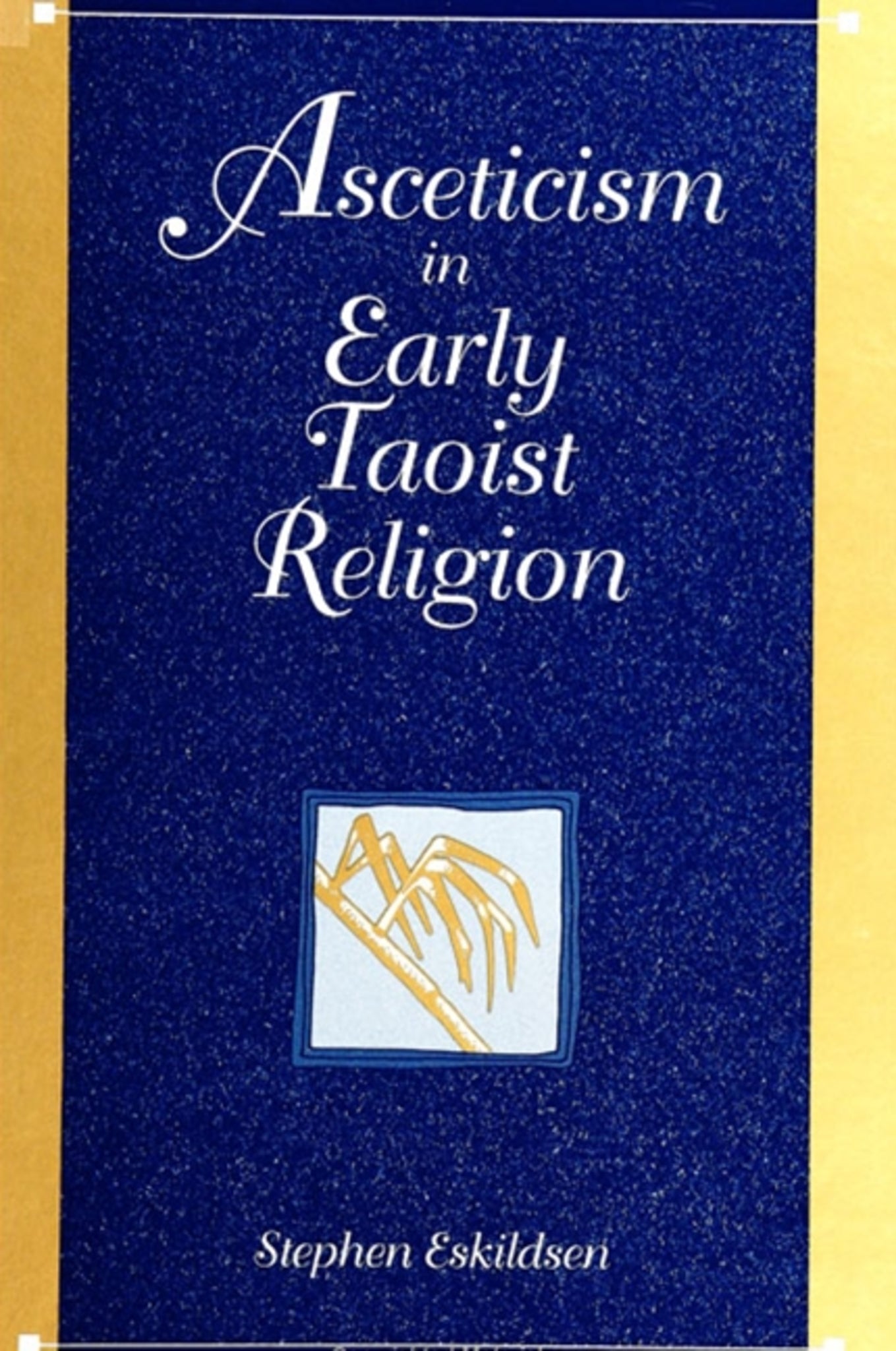We're sorry. An error has occurred
Please cancel or retry.
Asceticism in Early Taoist Religion

Some error occured while loading the Quick View. Please close the Quick View and try reloading the page.
Couldn't load pickup availability
- Format:
-
07 October 1998

Using a wide variety of original sources, this book examines how and why early Taoists carried out such ascetic practices as fasting, celibacy, sleep deprivation, and wilderness seclusion.
Using a wide variety of original sources, this book brings to light how and why asceticism was carried out by Taoists during the first six centuries of the common era. It examines the practices of fasting, celibacy, self-imposed poverty, wilderness seclusion, and sleep-avoidance, and it discusses the beliefs and attitudes that motivated and justified such drastic actions.
Asceticism in Early Taoist Religion demonstrates that although Taoist ascetics pursued austerities that were extremely rigorous, they did not seek to mortify the flesh. Through their austerities, they almost always sought to improve their physical strength and health, because they aspired toward physical longevity as well as spiritual perfection. Even though they sometimes taxed their bodies severely, they believed that their strength and health would eventually be restored if they persevered. The highest goal was to ascend to divine realms in an immortal body.
However, certain beliefs that emerged during this period-particularly those influenced by Buddhism-may have caused some Taoist ascetics to virtually abandon their concern with longevity, and to focus disproportionately upon the perfection of the spirit. Such ascetics were more likely to purposely harm and neglect their bodies, contradictory as this may have been to the cherished ideals of the Taoist religion. Eskildsen traces how this problem may have emerged, and how it was viewed and dealt with by those who maintained the ideal of longevity.


"At last a book which gives the subject of Taoist ascetic practices the serious and sustained attention it deserves. Eskildsen's book is a significant contribution to the field for it enables us to appreciate an important religious phenomenon as it developed across several different periods and movements within Taoist history." — Sarah A. Queen, Connecticut College
Acknowledgments
1. Introduction
2. The Lives of Taoist Ascetics (1)—Depictions in the Liexian zhuan and Shenxian zhuan
3. The Lives of Taoist Ascetics (2)—Depictions in the Daoxue zhuan
4. Taoist Methods of Fasting
The Fasting Regimen of the Zhonghuang jing
The Fasting Regimens of the Daoji tuna jing and Tuna jing
Imbibing the Five Qi
Imbibing the Essences of the Sun and Moon
Talisman Swallowing
Sucking on a Seed
Drug Recipes
Final Comments
5. Asceticism in the Shangqing Texts
The Buddhist Influence
Non-Buddhistic Reasons for Celibacy
Gaining Divine Sympathy
Evils in the Worldly Environment
The Place of Asceticism in the Hierarchy of Spiritual Progress
The Glorification of Suicidal Methods
6. Asceticism in the Lingbao Scriptures
The New Saintly Ideal
Precepts and Retreats
A Soteriological Puzzle
7. Criticisms of Heretical Asceticism in the Yuqing jing
8. Conclusion
Appendix: Summary Information on the Lingbao Scriptures Cited in Chapter Six
Notes
Bibliography
Index



